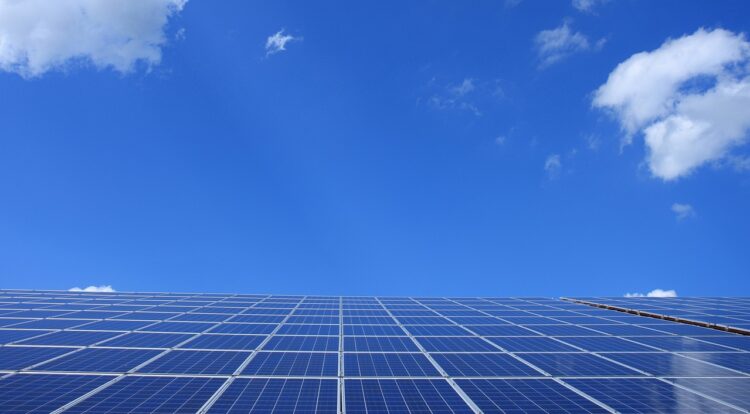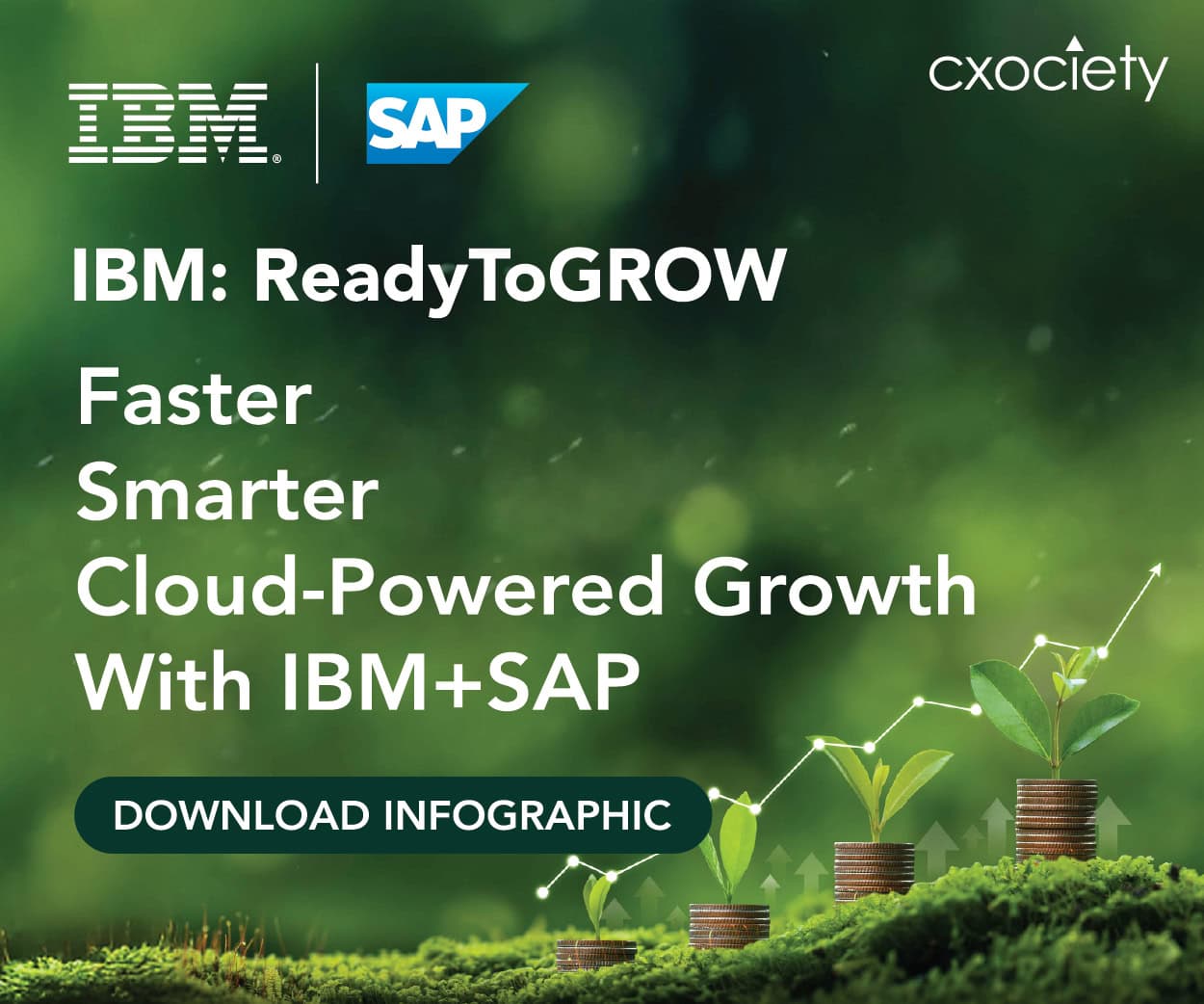Digital Realty has underscored advancements in its sustainability performance in its 2024 Impact Report.

“Digital Realty continued to make strong progress towards its sustainability goals in 2024, reaching 1.5 gigawatts (GW) of renewable energy capacity under contract and matching 185 data centres with 100% renewable energy,” said Andrew Power, president and chief executive officer, Digital Realty.
Impact Report
Notably, Digital Realty reported a substantial increase in its use of renewable energy, meeting 75% of its global electricity needs in 2024, a significant 9% rise from the previous year.
Furthermore, the company's commitment to sustainability is evident in its ongoing initiatives to use resources responsibly, including the electricity used to power data centres and the water used to cool them.
Moreover, as part of its water conservation efforts, 42% of Digital Realty’s irrigation and cooling needs came from non-potable water sources, and the company reduced overall water usage intensity (WUE) for its North American colocation portfolio by 14% year-over-year through the pioneering usage of water-free cooling systems.
As part of its commitment to sustainability, Digital Realty has expanded its use of hydrotreated vegetable oil (HVO 100), a renewable diesel made from waste fats and oils and serves as an alternative to conventional diesel in generators.
In 2024, Digital Realty certified eight global data centres totalling 1.9 million square feet, following sustainable building standards such as LEED and BREEAM certifications.
Regular risk assessments, physical and cyber-security safeguards, training and supply chain preparedness aim to strengthen its track record of operational excellence.

Aaron Binkley, vice president of Sustainability, Digital Realty, emphasised the company's innovative approach to sustainability, stating, “As we look to 2025 and beyond, advancing sustainable data centre practices will require deeper innovation, stronger partnerships, and continued investment in next-generation solutions, from renewable energy integration and water conservation to low-carbon fuels and green data centre design.”





